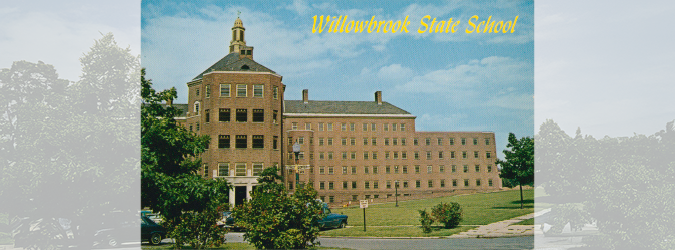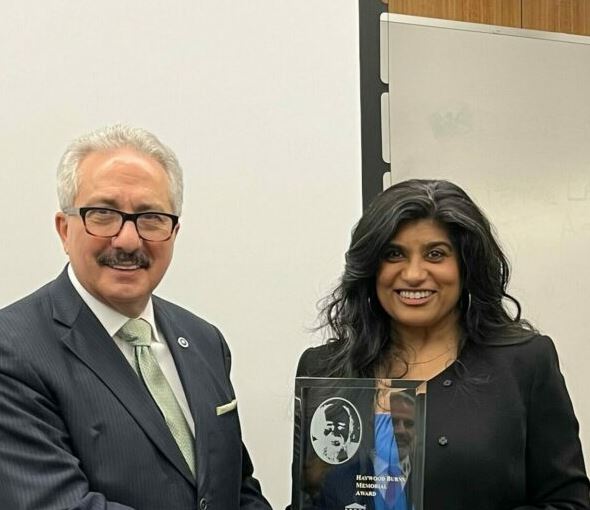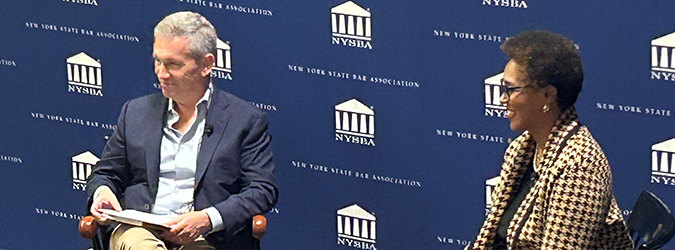Daughter of March on Washington Organizers Discusses 60 Years of Civil Rights
11.6.2023
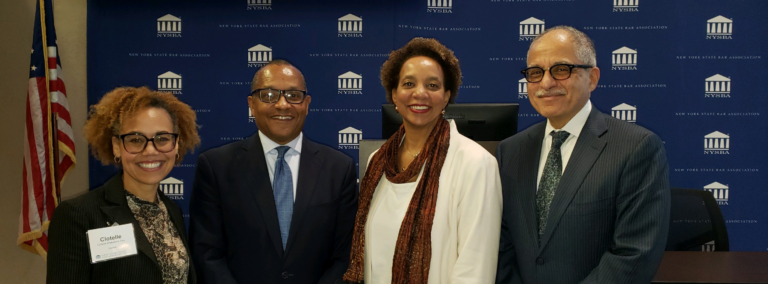
The March on Washington for Jobs and Freedom, the famous civil rights demonstration of August 1963, still echoes to this day. Organizers Bayard Rustin and A. Phillip Randolph gathered the factions of the civil rights movement and 200,000 participants to fight for jobs, housing, the right to vote, a minimum wage, comprehensive civil rights legislation and integrated education.
At an event cohosted by the New York State Bar Association and the Government Law Center at Albany Law School, participants discussed the legacy of the March on Washington and the continued fight for equality.
“In theory, the Civil Rights Act of 1964 and the Voting Rights Act of 1965 addressed most of those demands,” New York’s Chief Judge Rowan Wilson said at the beginning of the event. However, he pointed out that there are still gaps in education, income and employment for African Americans. For example, in 1963, the black unemployment rate was double the white unemployment rate, and that ratio has remained virtually unchanged to the present day.
“I draw two basic points,” said Wilson. “First, the March represents a fundamental turning point in our history. When citizens demanded that the federal government commit itself to end racial segregation and its vestiges, to which the government agreed with comprehensive legislation. Second, while the legal and social gains are tangible, the fundamental economic gains are not.”
The March’s Living Legacy
Artist, educator and activist Hasna Muhammad, daughter of actors and activists Ruby Dee and Ossie Davis, spoke about her parents’ involvement at the March and the wider civil rights movement at an event commemorating the 60 years since.
Muhammad was 6 at the time of the March. Her parents did not bring her, although they often brought her and her siblings to other demonstrations. “They didn’t take us because they couldn’t protect us,” she said. “We went with them to work and on picket lines whenever they could take us, but this was a time where they didn’t think that they could.”
Dee and Davis acted as emcees of the March on Washington. Davis introduced entertainers at the March, alerted people when meetings changed from one room to another, and told the crowd that W.E.B. Du Bois had died the day before. He also helped direct crowds from the Washington Monument to the Lincoln Memorial. “Dad volunteered in the national headquarters,” Muhammad said. “He answered phones and he probably did anything that Bayard Rustin asked him to do. And he was there often.”
Muhammad said there was not as much of a record of what her mother did at the March, but there is at least one photo of her speaking at a podium.
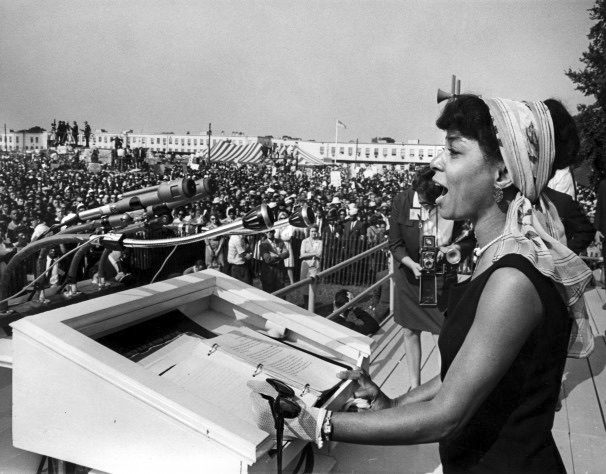
Muhammad noted that the women were not as prominent in the March, and received much less speaking time than the men. Daisy Bates of the Little Rock Nine said fewer than 200 words. Lena Horne said one word: “Freedom.”
“Their comments were used to fill the time they were fixing the speech for John Lewis,” she said. “They had to change and revise John Lewis’ speech because it was a little bit too much. So they had the women fill in that space. But after the March… they decided that that would be the last time that they, as women, would be marginalized in these types of efforts.”
T. Andrew Brown, past president of the New York State Bar Association, also spoke about the legacy of the March on Washington. “Much of what was said about the March and what happened 60 years ago is just as important today,” he said. “[The list of demands] was written 60 years ago. If I asked you to write a list of demands today, how different would it look?”
He added: “Those involved in the movement that led to the March on Washington – I am their beneficiary. As a black man, to have risen to the presidency of arguably the greatest bar association in the United States and the world… that would not have happened if it were not for others who came before me.”

